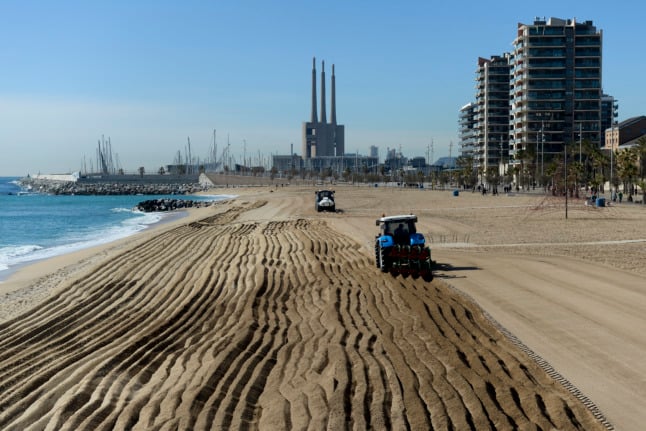Sanchez, who came to power in June after ousting his conservative predecessor Mariano Rajoy, offered Monday to hold a referendum on greater autonomy for Catalonia as a way to ease the crisis.
The one-year anniversaries of a banned referendum on secession from Spain and a failed unilateral declaration of independence are coming up on October 1st and October 27th respectively.
But on Tuesday in a speech in Barcelona, Torra retorted that he wanted “a referendum of self-determination.”
He stressed the aim was still to get independence from Spain and called on those who are for secession to mobilise in the coming weeks.
Speaking in Sweden on Wednesday, where he is on an official trip, Sanchez said Catalonia's separatist regional government should “launch a big debate, a big conversation between non-nationalists and nationalists in Catalonia.”
“Torra's current offer may satisfy half of Catalans (who are for independence) but it doesn't satisfy the other half of Catalans,” he said in Enkoping, a town near Stockholm, speaking alongside his Swedish counterpart
Stefan Lofven ahead of a closely-watched general election there, adding that he wanted to see “more responsibility and less posturing.”
His comments come just days ahead of a traditional, annual demonstration for the Diada, or Catalonia's day, on September 11th.
A large protest is planned in the centre of Barcelona under the theme “Let's build the Catalan Republic.”





 Please whitelist us to continue reading.
Please whitelist us to continue reading.